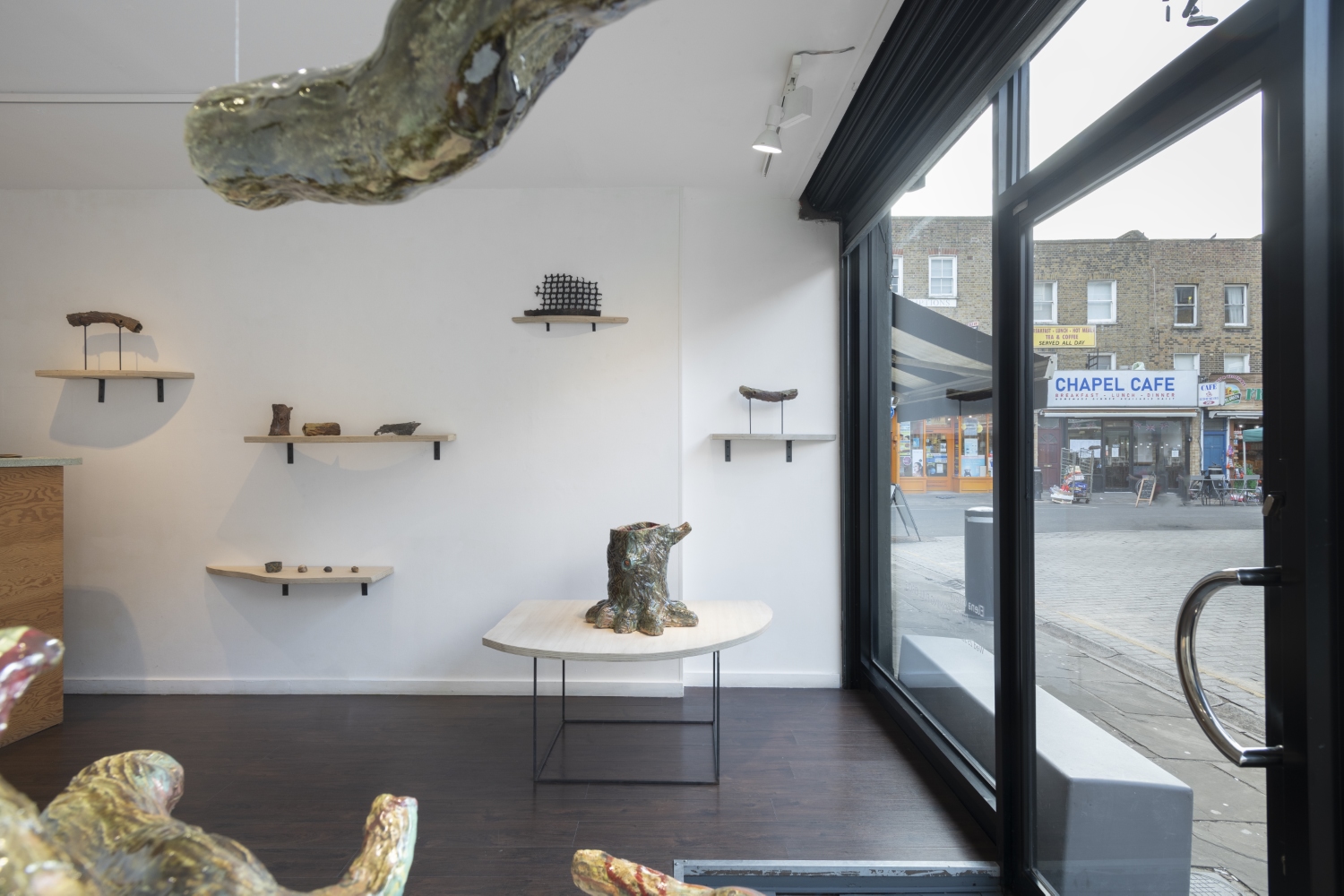By Rebecca Lewin
Artists working with ceramics constantly face forking paths. To a certain degree, the decisions that they make shape the construction, the form and the surface of the objects they produce, but regardless of the direction taken, an element of uncertainty, even a lack of control, is their constant companion. Ceramics offer the possibility of combining materials and processes that are elemental – earth, air and fire – with extraordinary results that can survive for millenia. In return, this medium requires an authorship that must acquiesce to more-than-human forces.
In this sense, artists working with clay are closer to gardeners than artists working in other media, shaping materials and energy and then waiting for a cycle to unfold or a temperature to change. Elena Gileva has increasingly shared this sensibility in her practice, expressing it in different ways until a recent shift has focused her work even more on its relationship to place and process.
To view Gileva’s past work is to intuit her sense of materiality and surface, and to perceive that the conceptual tension between aesthetics and functionality has preoccupied her for several years. She has created ceramics that appear to be knitted (Tight Knit, 2017), woven, striated (Viridian, 2017), even pulsating with their own intestine-like convolutions (Matt Pebble, 2016). The traditional coiling technique she uses to build up each form is obscured by the patterns on their surfaces, as well as the extraordinarily varied glazes that she then applies, moving from muted to vibrant, from a single colour to an intensely layered and apparently random combi nation of shades and textures.
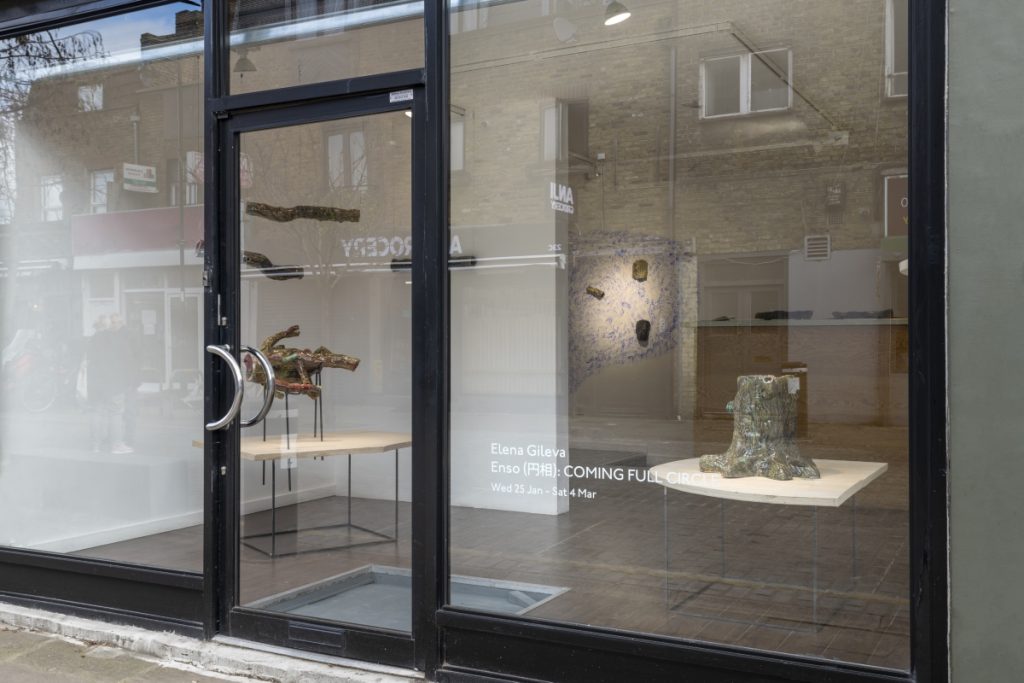
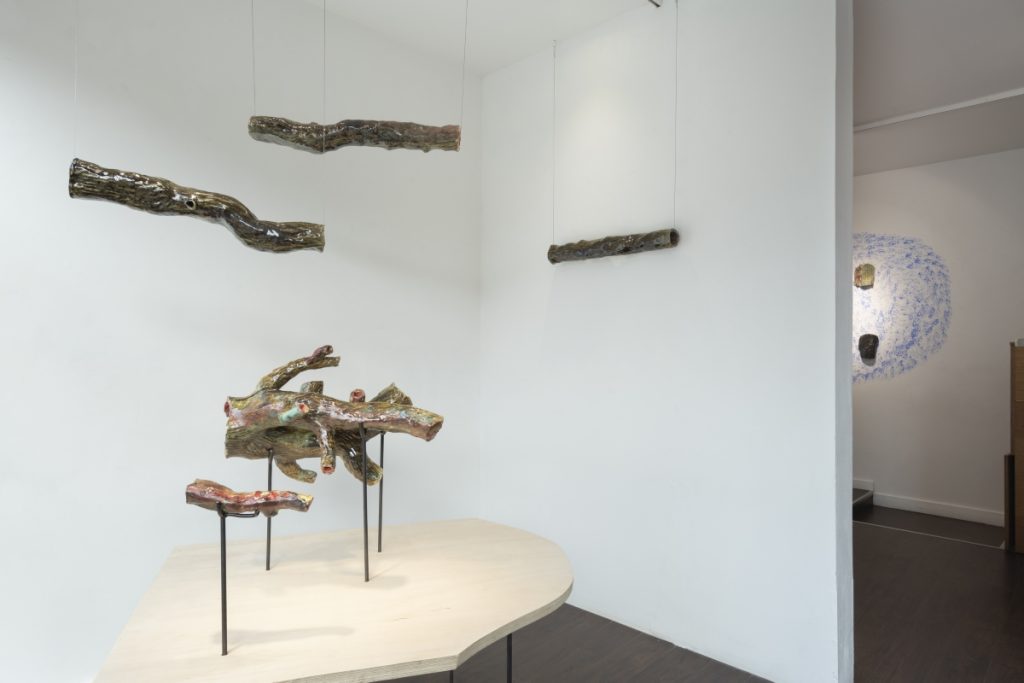
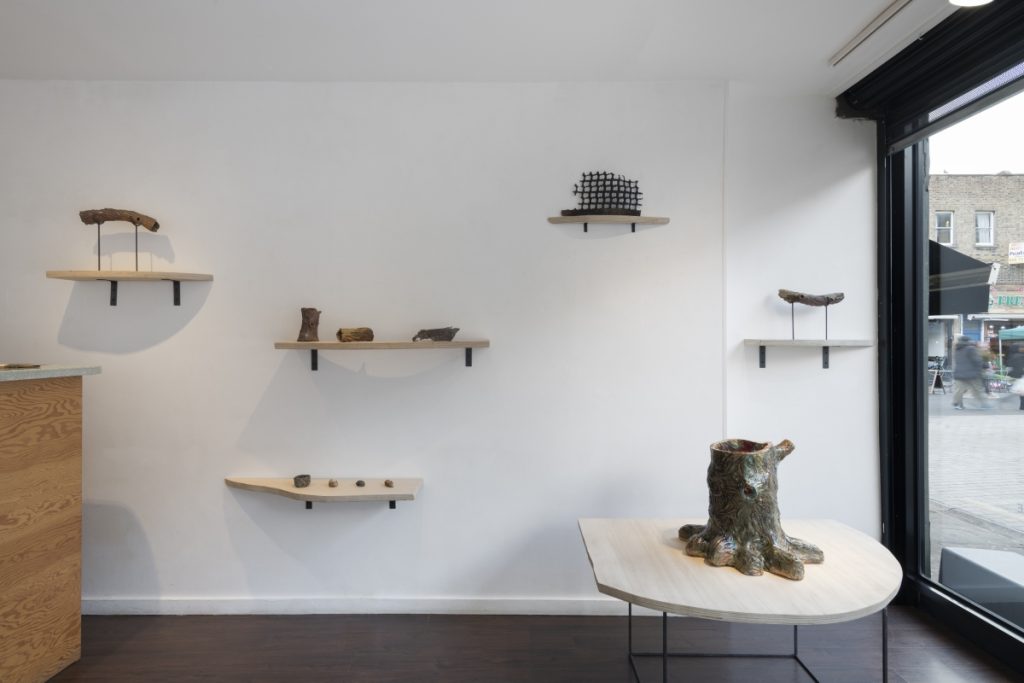
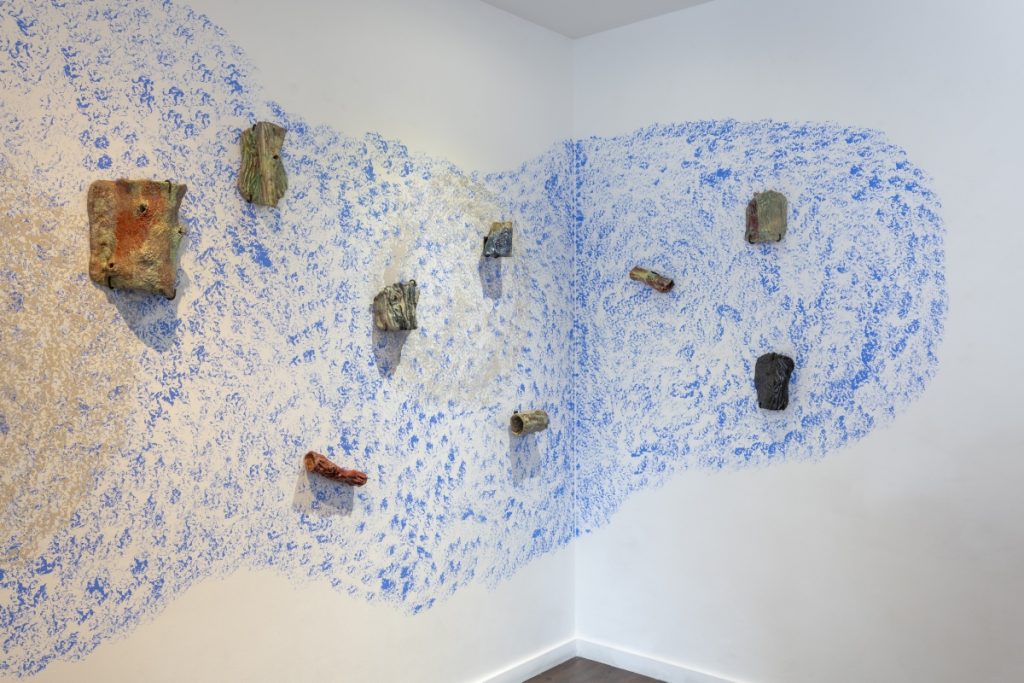
In the installation of her work, she has adopted other settings and visual languages – the stage, the home, the ritual space – to place discrete objects in conversation with each other and with the person who encounters them. These installations, such as Ritualistic Objects (2017) or Playing House (2018) remain open-ended, always offering details at different heights and in a variety of materials, for viewers to choose their preferred connections and create their own interpretations. Gileva herself often takes advantage of the opportunities that exhibitions afford to combine and re-combine, offering slightly different versions each time the works are installed – a feature of her practice that remains apparent in ‘Ensō: Coming Full Circle’, on view at White Conduit Projects in London in 2023.
In all of these earlier pieces, the forms of Gileva’s objects are hybrid, oscillating between sculpture, architecture, function and abstraction. However, a new body of work begun in 2020 forms the centrepiece of Gileva’s new show. This foregrounds instead the shapes and structures of plants, trees, even rocks, and was first seeded during a 2014 residency at Shigaraki Ceramic Sculpture Park in Japan. Although appearing to be a departure, the development of this major ceramic installation of an exploded, dismembered tree so soon after the presentation of objects that resembled human body parts, pillars, cups and goblets is indicative of Gileva’s constant interest in research and experimentation, not only in the production and display of objects, but also in the cultural significance of materials and forms.
The Shigaraki residency was significant for Gileva in that it provided a model for ceramics production as an expression of an entire community and of the landscape in which it occurs. The town of Shigaraki lends its name to a type of ceramics that are known for the warm colours of the clay and the uneven tones of glazes on finished objects. These are fired only once, in kilns fuelled by wood that is collected locally, and are known as anagama (cave) kilns due to their shape. They are remarkable for several reasons: first, in order to reach and maintain the right temperature, the kiln must be built to a certain size that is often too big for a single person to be able to fill it, requiring instead that it must house the work of many different hands. Next, the heat must be built up gradually and maintained for several days, requiring multiple participants to stoke the fires in shifts. Last, and perhaps most importantly, it is the firing process itself that creates a natural glaze on each of the pieces within the kiln. As the burning wood releases ash that settles on the ceramics, it reacts with the minerals in the clay, melting onto it. Depending on the type of clay used, where in the kiln it is placed, the shape of the object, the path of the flame or the movement of air currents, glaze patterns occur at random during the firing.
Another residency at Le Centre céramique contemporaine La Borne, France (2020-22) and a communal firing at the Oxford Anagama Project (2022) offered other opportunities to test collaborative processes and develop additional forms that grew, literally and metaphorically, into the installation at the heart of ‘Ensō: Coming Full Circle’, which first appeared in La Borne as part of the exhibition ‘The sound of trees walking / Le son des arbres qui marchent’. Since first encountering it in Japan, Gileva’s interest in the anagama process led her to develop a kind of circularity in the body of work that emerged out of these residencies: the expiration of a tree has made her own clay work the tree possible, and in the process of transforming the properties of the clay into something that might outlast Gileva (and for that matter any tree currently living), the wood used to fire it has left its mark on the glazed surfaces of her objects.
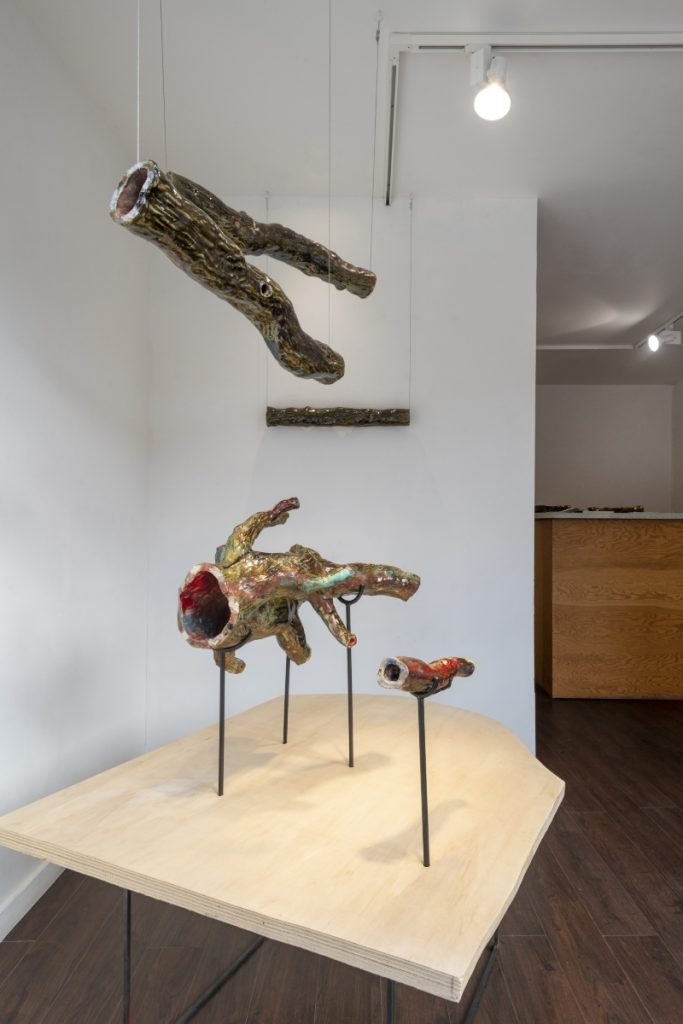
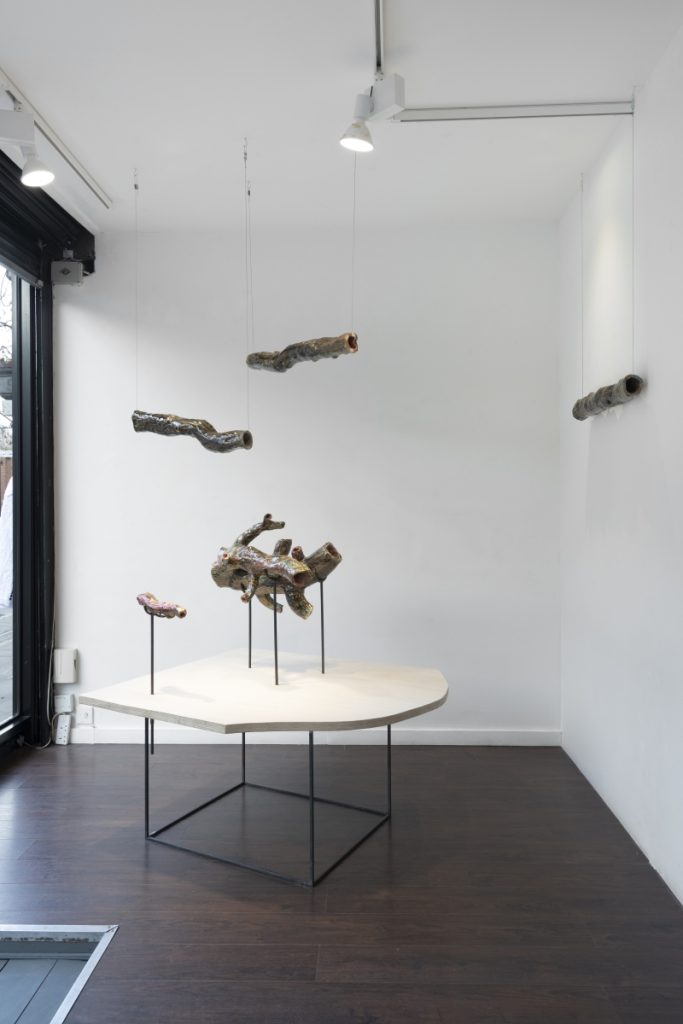
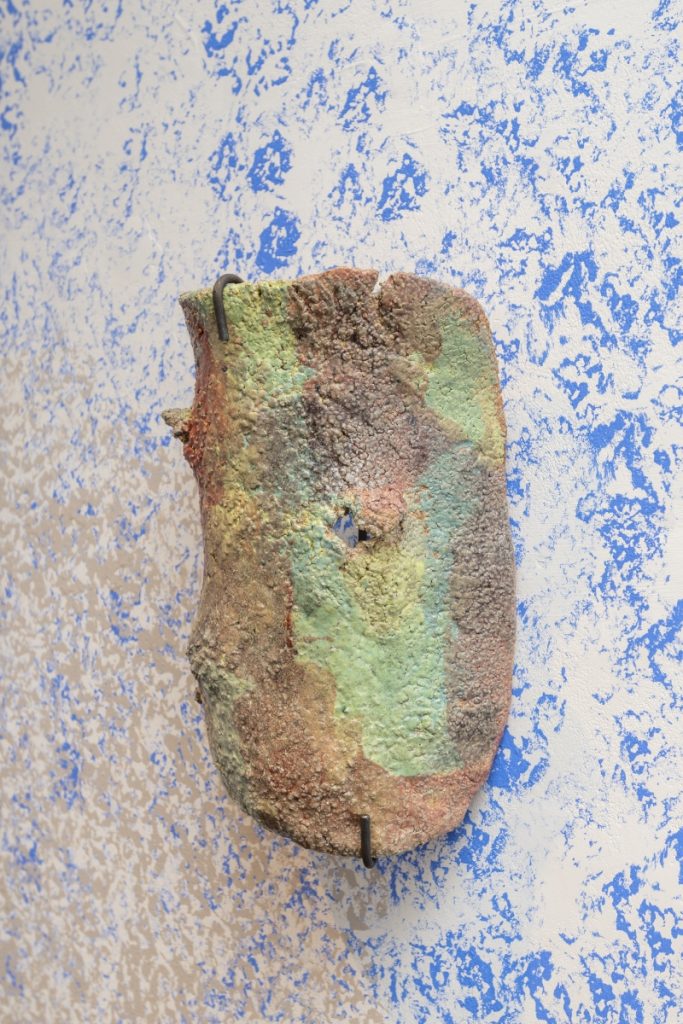
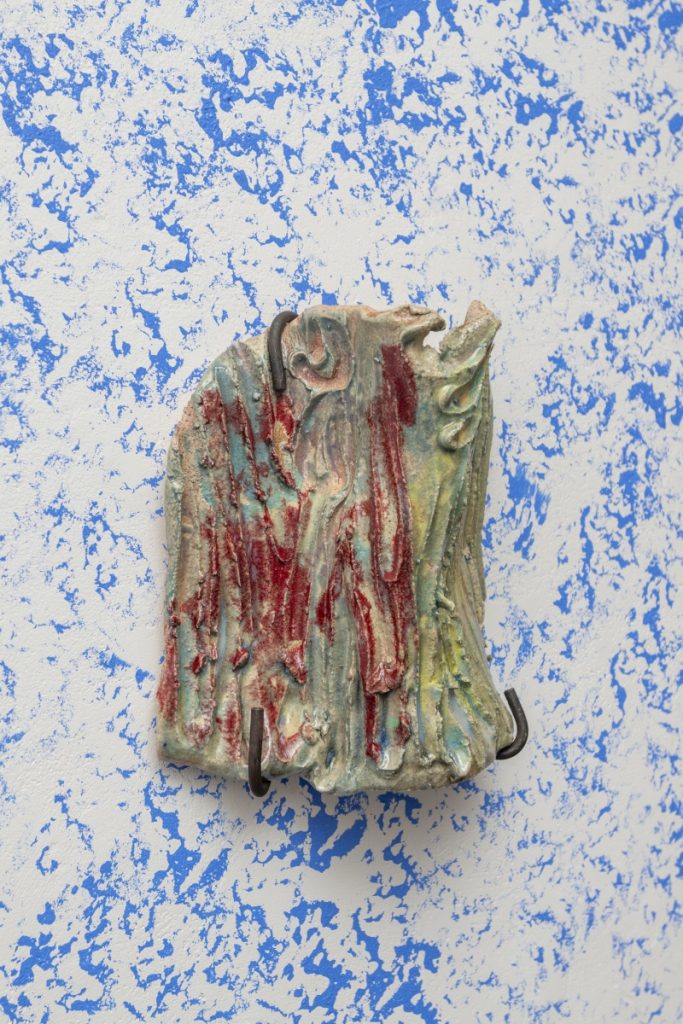
The introduction of tree-like forms is also an expression of Gileva’s research into specific cultural practices in Japan. In conversation, she mentioned the significance of learning about Shi kinen Sengu, a twenty year cycle of rituals that culminate in the construction of a new shrine, after which the previous building is taken apart. These rituals honour the materials required for the new structure from their point of origin, through the hands of the craftsmen, to their use within the shrine, and their decomposition afterwards. Gileva’s interest in another Japanese tradition that acknowledges life cycles is the practice of drawing a circle, or ensō. The ensō might be repeated daily as a meditative practice, drawn in ink with a brush in one or two lines but without recourse to further corrections. The circle thereby reveals the character of the maker through the gesture, and the philosophical study of the millions of possible variations brought about by the movement of the wrist, the weight of the brush, the liquidity of the ink, the density of the paper, the movement of the air, and so forth.
Considerations of circularity, then, have become embedded in the tree. Gileva constructed it out of coiled clay, building it from the roots upwards in one form, before taking it apart, sections at a time, in order to fire it. This decision was of course partly practical; larger pieces are less stable and kiln space is always limited. However, it might equally be read as a kind of homage to Shikinen Sengu, not only reconstituting the form of the tree in the exhibition space at La Borne, but also allowing these components to be reconfigured anew to fit different galleries over time, even incorporating multiple ‘trees’ that commingle for the duration of the exhibition.
Gileva’s consideration of space and staging continues to underpin her practice, from works such as Ritualistic Objects (2017) to this latest installation. Here, the folding together of materials, processes and presentation in the wood firing of the tree shapes continues outwards, in the displays she designs for the space. Each component is attended to individually, with hanging systems suspending some pieces from the ceiling, as though floating in space, or metal mounts supporting them from beneath. These mounts might be read in the context of traditional Occidental museums, where objects, displaced from their social contexts, are brought to eye level to encourage close observation. However, they might also be understood as references to human interventions in the lives of trees, adding crutches to drooping branches or encouraging growth along a substructure, as in Kinkaku-ji Temple in Kyoto. At La Borne, these crutches emerged from platforms cut from sheets of plywood, a modernist manipulation of timber to fit human desires, although in reconfiguring the installation for London Gileva has observed that these platforms could, like the clay pieces, be recombined and incorporated into different parts of the exhibition.
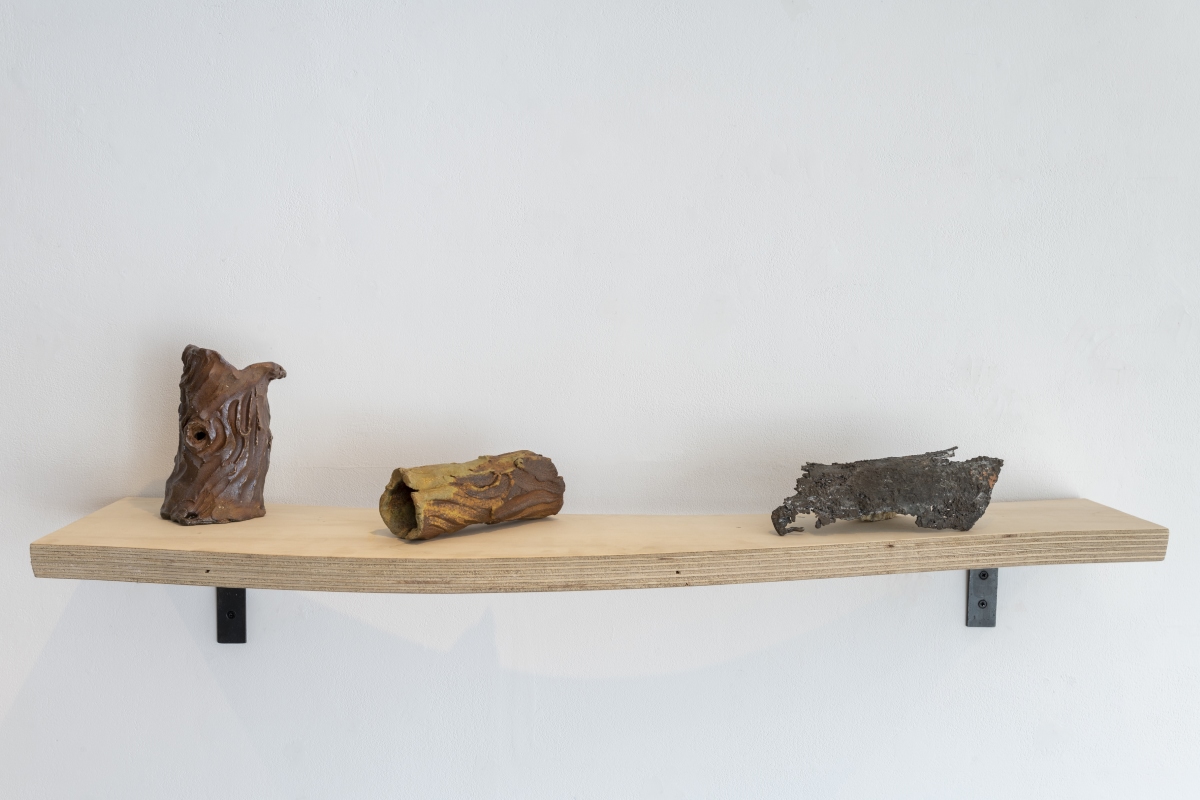
To borrow from Gileva’s own thinking, I follow the form of the ensō to return to my original conceit of the ceramic artist as analogous to the work of a gardener. In the tree, she has increasingly attended to the exchanges of energy that take place between her work and the life of the materials she uses, interrogating the environmental impacts of these gestures. Perhaps as a tribute to the wood that inspired and fired it, the red glaze that appears on the interiors of the stump, trunk, branches and twigs blurs the boundary between plant and animal. Throughout, Gileva looks for ways to demonstrate the relationships that exist between communities of makers, both human and non-human, and to entwine this thinking to both what she makes and how she makes it.
Essay by Rebecca Lewin, 2022
Elena Gileva: Enso (円相): COMING IN FULL CIRCLE is on view through March 11, 2023, at White Conduit Projects, London.
Elena Gileva‘s (b. 1992 in Russia – lives and works in London, UK) work explores the decorative, historical, and ornamental through the medium of sculpture. Gileva is trained in both ceramics and fine arts, with a MA in Ceramics and Glass from the Royal College of Art and BFA from the Parsons Paris School of Art and Design. Her fascination lies with the language and history of objects. A myriad of references underpin the work but the artist’s interest in Russian folklore is key to understanding her practice. Archetypal functional objects—pots, jars, pillars—are reworked until they take on new colours, shapes and stories. View Elena Gileva’s profile in Ceramics Now.
White Conduit Projects opened in Central London location at 1 White Conduit Street N1 in November 2014. It is showcasing Japanese artists and designers alongside British and international artists in a programme of innovative exhibitions across a variety of media.


